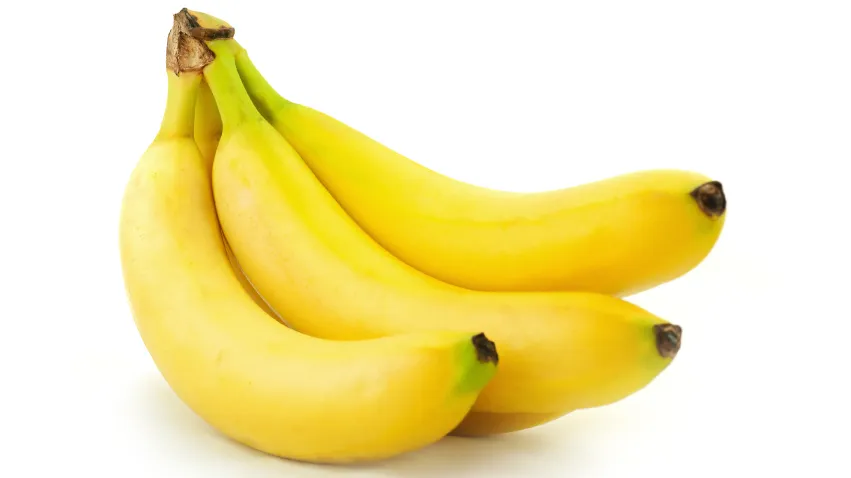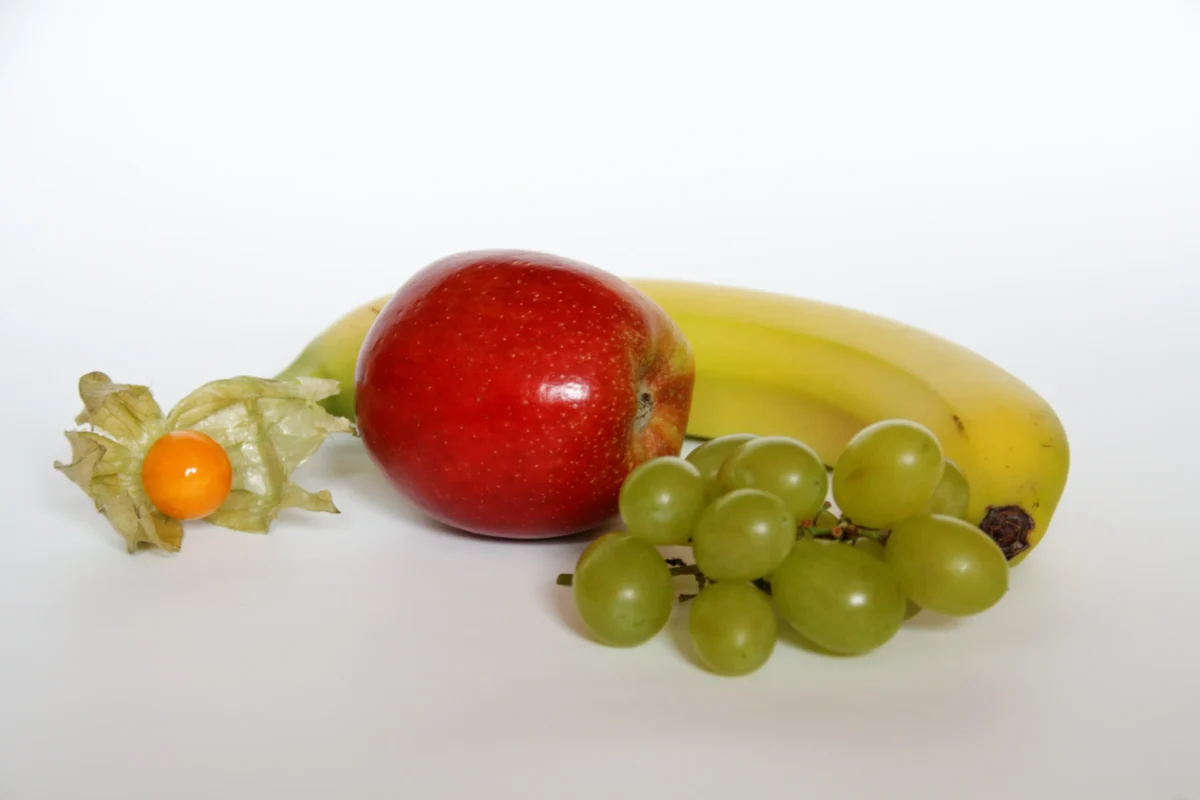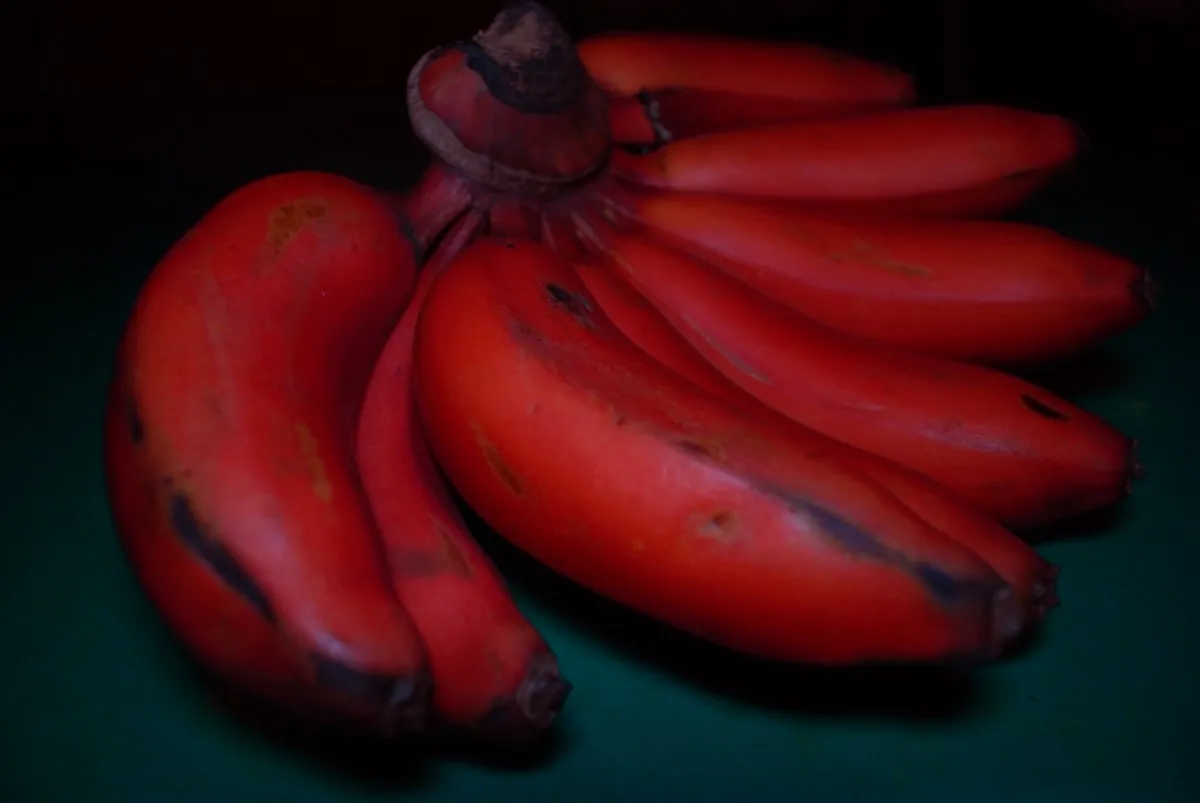Bananas are a staple in households across the globe; they are a quick snack that satisfies hunger and provides beneficial nutrients. But have you ever wondered why bananas are categorized as a fruit? In this article, we will explore the topic of whether or not bananas are fruits and discuss what makes a fruit a fruit. Additionally, we will delve into the scientific classification of bananas and explain why they are classified as a fruit. To top it all off, we will also look into the nutritional benefits that bananas provide as a fruit. If you are curious to learn more about the topic of bananas as fruits, read on for an informative journey.
What is a fruit?
Fruits are not just delicious treats that we enjoy eating, they are also important sources of essential nutrients for our bodies. However, the definition of what exactly constitutes a fruit can be quite complex and varied.
At its core, a fruit is defined as the mature ovary of a flowering plant. This means that fruits can come in many different shapes and sizes, from small berries to large melons. But it’s not just about appearance – fruits also have specific characteristics such as sweetness and juiciness that make them stand out from other plant parts.

One popular type of fruit that many people may be curious about is the banana. Despite its common usage in recipes and as a snack food, bananas are actually classified as berries due to their fleshy interior containing seeds.
However, there is more to this tropical fruit than meets the eye. Bananas contain high levels of potassium which helps regulate fluid balance in the body and keeps our hearts healthy. They also contain fiber which aids digestion and promotes feelings of fullness.
So while fruits may seem like simple things we take for granted, they play an important role in keeping us healthy and nourished. And by understanding what makes them unique, we can better appreciate their value in our diets.
The scientific classification of a banana is.
Bananas, scientifically classified as Musa acuminata and Musa balbisiana, belong to the family of Musaceae. This family comprises approximately 70 species that are native to Southeast Asia and Africa.
Bananas are known for their distinctive shape, color, and taste. They come in various sizes ranging from small finger bananas to large plantains. Their color varies from green when they are unripe to yellow or even brown when ripe.
Bananas have a unique structure that sets them apart from other fruits. Each banana is composed of several sections called “hands.” Each hand contains multiple individual fruits called “fingers.” The peel protects the fruit inside which consists of soft flesh with tiny seeds.
The nutritional value of bananas is impressive; they contain potassium, vitamin C, vitamin B6, dietary fiber and have been linked to numerous health benefits such as improving digestion and reducing inflammation.
Beyond its culinary uses or nutritional values lies an interesting history- The word banana comes from the Arabic ‘banan’ meaning finger or toe which aptly describes its shape. Bananas were first domesticated over 7,000 years ago in Papua New Guinea where it was used not only for food but also for building materials like mats and baskets.
In conclusion, while most people consider bananas just as a healthy snack option or ingredient in their smoothies without much thought on its classification- knowing about it’s scientific classification can be fascinating!
Why is a banana considered a fruit?
Bananas are often referred to as fruits, but have you ever stopped to wonder why? Despite their appearance and taste, bananas are actually classified as berries in botanical terms.

This is due to the fact that bananas grow from a single flower with multiple ovaries, which then fuse together to form the familiar elongated shape we all know and love. Unlike true fruits such as apples or oranges, bananas do not develop from a single ovary.
However, in culinary terms, bananas are still commonly referred to as fruits due to their sweetness and versatility in cooking. They can be eaten raw or cooked into various dishes such as banana bread or smoothies.
So whether you consider them a fruit or a berry, there’s no denying that bananas play an important role in our diets and culinary traditions. So next time you reach for that ripe yellow fruit, remember the unique botanical classification of this beloved food item.
The nutritional benefits of bananas as a fruit are numerous.
Bananas are not just a tasty and convenient snack, they also offer numerous nutritional benefits that make them a great addition to any diet.
For starters, bananas are an excellent source of dietary fiber, which can aid in digestion and keep you feeling full for longer periods of time. Additionally, they contain essential vitamins and minerals such as vitamin C, potassium, and magnesium that promote overall health.
But perhaps the most unique benefit of bananas is their high levels of tryptophan. This amino acid is converted into serotonin in the brain, which helps regulate mood and can even improve sleep quality.

« The Ultimate Guide to Safely Cutting Bananas for Your Baby’s First Food
How to Make Delicious Banana Bread with Honey: Step-by-Step Recipe and Expert Tips »
Furthermore, bananas are low in calories and fat but high in carbohydrates making them a perfect pre-workout snack for those who need quick energy before hitting the gym or going on a run.
Overall, bananas offer a multitude of nutritional benefits that make them an ideal addition to any diet or meal plan. So next time you reach for a snack, consider grabbing a banana instead – your body will thank you!
Check out our other articles to find out even more about banana.
Bananas are an incredibly nutritious and delicious fruit that can be used in a variety of recipes. They come packed with vitamins, minerals, and fiber to provide your body with essential nutrients for everyday health. We have learned why bananas are classified as a fruit and what health benefits they offer us when consumed regularly. So now you know the truth about bananas – they truly are a great addition to any diet! Check out our other articles to find out even more about banana!








